Home>Furniture & Design>Interior Design Trends>How To Make Sugar Glass
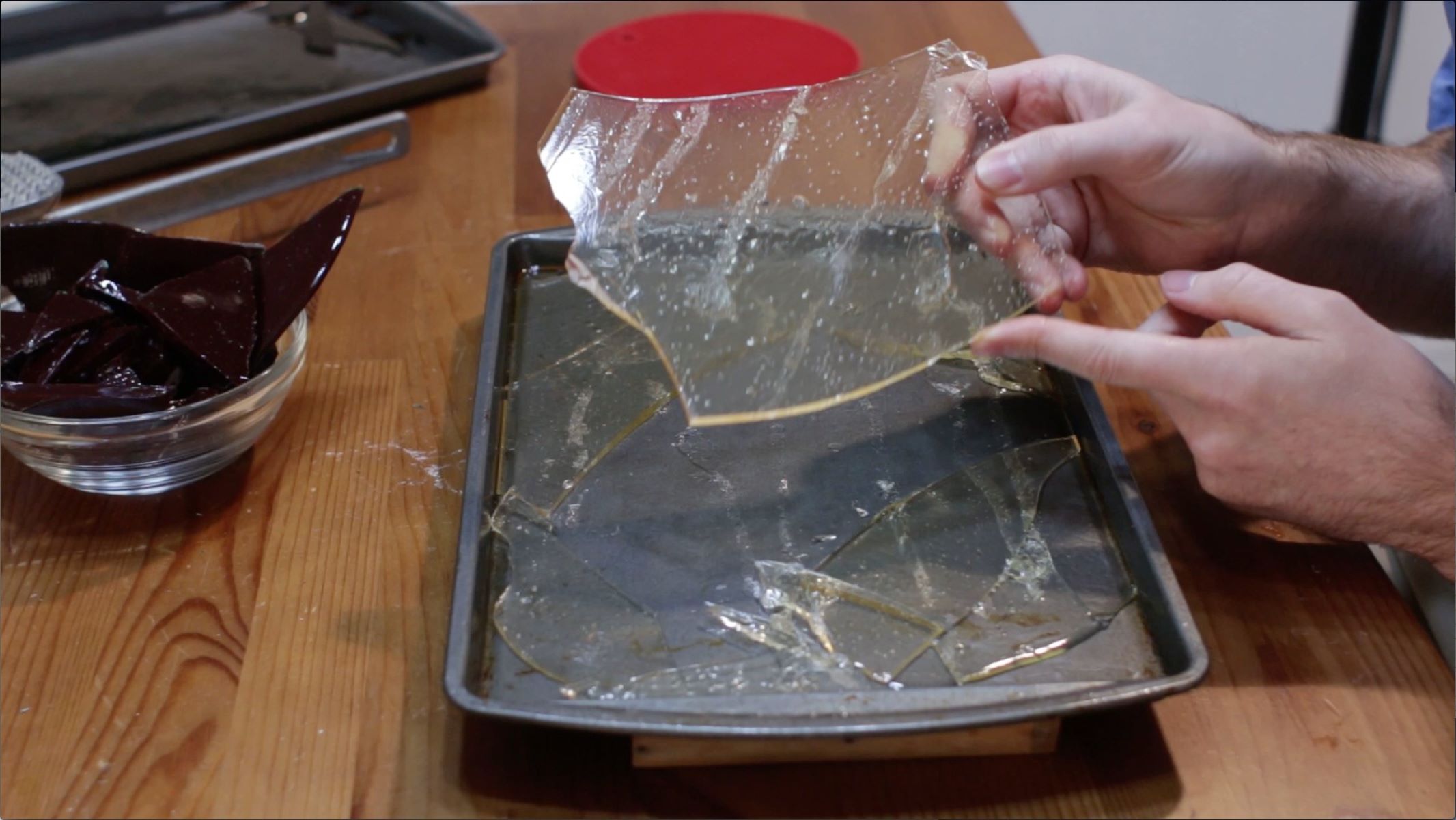

Interior Design Trends
How To Make Sugar Glass
Modified: August 19, 2024
Learn how to make sugar glass at home and impress your guests with this stunning interior design trend. Create beautiful and edible decorations for your next event. Discover the latest interior design trends with our step-by-step guide.
(Many of the links in this article redirect to a specific reviewed product. Your purchase of these products through affiliate links helps to generate commission for Storables.com, at no extra cost. Learn more)
Introduction
Creating sugar glass is a fascinating and versatile skill that can add a touch of magic to various culinary and artistic endeavors. This edible glass, often used in confectionery, theater productions, and decorative displays, offers a delightful blend of creativity and craftsmanship. Whether you're a culinary enthusiast, a confectionery artist, or a theater prop designer, mastering the art of making sugar glass can elevate your creations to new heights.
The process of making sugar glass involves transforming simple ingredients into a translucent, glass-like substance that is not only visually stunning but also entirely edible. With the right techniques and a dash of creativity, you can craft sugar glass in various shapes, sizes, and colors, allowing for endless possibilities in your culinary and artistic pursuits.
In this comprehensive guide, we will delve into the step-by-step process of creating sugar glass, from preparing the ingredients to pouring, shaping, and hardening the glass. By following these instructions, you will gain the knowledge and confidence to experiment with this enchanting medium, unlocking a world of culinary and artistic possibilities.
So, gather your ingredients, roll up your sleeves, and prepare to embark on a delightful journey into the realm of sugar glass creation. Whether you're aiming to impress your guests with stunning confectionery creations or seeking to add a touch of whimsy to your artistic projects, mastering the art of making sugar glass will undoubtedly spark your creativity and leave a lasting impression.
Key Takeaways:
- Creating sugar glass is like a magical culinary adventure, where simple ingredients transform into edible glass. It’s a fun way to impress guests and add whimsy to artistic projects.
- Making sugar glass involves a mesmerizing process of cooking, pouring, shaping, and cooling. It’s a testament to the endless possibilities of culinary and artistic exploration.
Read more: How To Rim A Glass With Sugar
Materials Needed
To embark on the enchanting journey of creating sugar glass, you will need a handful of essential ingredients and tools. These items are the building blocks that will pave the way for your culinary and artistic exploration. Here's a comprehensive list of the materials you'll need to bring your sugar glass vision to life:
Ingredients:
-
Granulated Sugar: The primary ingredient for creating sugar glass, granulated sugar serves as the foundation of this delightful concoction. Its ability to caramelize and solidify is essential for achieving the desired glass-like texture.
-
Corn Syrup: Adding corn syrup to the mixture helps prevent crystallization, resulting in a smooth and glossy finish for your sugar glass.
-
Water: Water plays a crucial role in the cooking process, facilitating the dissolution of sugar and corn syrup to create the syrupy base for your sugar glass.
Tools and Equipment:
-
Heavy-Bottomed Saucepan: A sturdy, heavy-bottomed saucepan is essential for even heat distribution during the cooking process. This will help prevent hot spots and ensure that the sugar mixture caramelizes uniformly.
-
Candy Thermometer: A reliable candy thermometer is indispensable for accurately monitoring the temperature of the sugar syrup. This precision is vital for achieving the desired consistency and texture of the sugar glass.
-
Heat-Resistant Spatula: A heat-resistant spatula will aid in stirring the sugar syrup as it cooks, ensuring that the ingredients are thoroughly combined without risking damage from the high heat.
-
Molds or Pans: Depending on your creative vision, you may require molds or pans of various shapes and sizes to pour and shape the sugar glass as it cools and hardens.
-
Cooking Spray or Vegetable Oil: To prepare your molds or pans for the sugar glass mixture, a light coating of cooking spray or vegetable oil will facilitate easy removal once the glass has set.
-
Parchment Paper: If you plan to work with intricate designs or delicate shapes, parchment paper can be used to create templates or provide a non-stick surface for shaping the sugar glass.
By ensuring that you have these essential ingredients and tools at your disposal, you will be well-equipped to embark on the delightful process of creating sugar glass. With these foundational elements in place, you are poised to unleash your creativity and bring your sugar glass visions to life.
Step 1: Preparing the Ingredients
Before delving into the mesmerizing process of creating sugar glass, it is essential to meticulously prepare the ingredients, setting the stage for a seamless and successful culinary endeavor. The careful selection and precise measurement of each component lay the groundwork for achieving the desired texture, clarity, and taste of the final sugar glass masterpiece.
To commence this enchanting journey, begin by gathering the fundamental ingredients: granulated sugar, corn syrup, and water. The granulated sugar serves as the cornerstone of the sugar glass, providing the essential sweetness and structure that will ultimately transform into a captivating glass-like confection. The addition of corn syrup plays a pivotal role in preventing crystallization, ensuring a smooth and glossy finish that will elevate the visual allure of the sugar glass. Meanwhile, water acts as the catalyst for dissolving the sugar and corn syrup, initiating the alchemical process that will culminate in the creation of edible glass.
With the ingredients assembled, the next step involves precise measurements to achieve the perfect balance of flavors and textures. The quantities of granulated sugar, corn syrup, and water must be meticulously calculated, adhering to the recipe's specifications to ensure optimal results. This meticulous approach sets the stage for a harmonious fusion of ingredients, laying the foundation for a delectable and visually stunning sugar glass creation.
Once the ingredients are gathered and measured, it is crucial to equip the kitchen with the necessary tools and equipment. A heavy-bottomed saucepan, a reliable candy thermometer, and a heat-resistant spatula are indispensable allies in this culinary alchemy. The heavy-bottomed saucepan facilitates even heat distribution, preventing hot spots and ensuring uniform caramelization of the sugar mixture. The candy thermometer serves as a vigilant guardian, monitoring the temperature with precision to guide the syrup towards the desired consistency. Meanwhile, the heat-resistant spatula stands ready to orchestrate the symphony of ingredients, ensuring their harmonious blend as they undergo the transformative journey from syrup to glass.
As the ingredients are meticulously prepared and the culinary stage is set, the alchemical dance of sugar, corn syrup, and water awaits its cue to commence. With the foundation laid and the ingredients poised for transformation, the stage is now set for the enchanting process of creating sugar glass to unfold.
Read more: How Much Sugar In Wine Glass
Step 2: Cooking the Sugar
With the stage set and the ingredients prepared, the transformative alchemy of creating sugar glass enters a crucial phase: cooking the sugar. This pivotal step is where the raw materials undergo a mesmerizing metamorphosis, evolving from a simple syrup into a translucent, glass-like confection that captivates both the eyes and the palate.
To initiate this enchanting process, the heavy-bottomed saucepan takes center stage, providing a sturdy vessel for the alchemical dance of sugar, corn syrup, and water. As the ingredients are gently combined within the confines of the saucepan, a gentle heat is applied, coaxing the elements to meld and harmonize. The granulated sugar, with its inherent sweetness and crystalline structure, begins its graceful transition, surrendering to the alchemical embrace of heat and agitation.
As the temperature rises, the vigilant candy thermometer stands as a sentinel, monitoring the gradual transformation of the sugar syrup. With unwavering precision, it observes the syrup's journey, guiding it towards the precise temperature that will bestow upon it the coveted attributes of sugar glass. The symphony of heat and sugar reaches a crescendo, culminating in the caramelization of the syrup, infusing it with a golden hue and a tantalizing aroma that heralds the imminent emergence of edible glass.
Throughout this captivating process, the heat-resistant spatula serves as a conductor, orchestrating the delicate interplay of ingredients within the saucepan. Its deft movements ensure that the sugar, corn syrup, and water coalesce into a harmonious union, each element contributing to the symphonic crescendo that heralds the birth of sugar glass.
As the sugar syrup reaches the pinnacle of its transformation, the kitchen is suffused with the alluring fragrance of caramelization, signaling the imminent completion of this alchemical journey. The syrup, now imbued with the essence of sweetness and transparency, stands poised for the next phase of its enchanting metamorphosis.
The process of cooking the sugar is a mesmerizing spectacle, where simple ingredients undergo a captivating transformation, culminating in the creation of a translucent, edible masterpiece. With the sugar syrup now infused with the essence of caramelization and transparency, it is ready to embark on the next phase of its enchanting metamorphosis, paving the way for the creation of sugar glass in all its captivating splendor.
Step 3: Pouring and Shaping the Glass
As the sugar syrup undergoes its enchanting metamorphosis, transitioning from a simple syrup to a golden-hued, translucent elixir, the time has come to embark on the next phase of the sugar glass creation process. This pivotal step involves the graceful art of pouring and shaping the molten sugar, sculpting it into captivating forms that will ultimately solidify into edible glass.
With the sugar syrup now infused with the essence of caramelization and transparency, it exudes a tantalizing aroma that heralds the imminent emergence of sugar glass. As the saucepan brims with the molten elixir, the moment arrives to carefully pour the syrup into the chosen molds or onto prepared surfaces, setting the stage for the alchemical dance of transformation to continue.
The choice of molds or surfaces for pouring the sugar glass is a canvas for creativity, offering a myriad of possibilities for shaping this molten confection. Whether crafting delicate sugar shards, elegant spun sugar decorations, or intricate sugar sculptures, the act of pouring and shaping the glass allows for boundless artistic expression.
As the molten sugar flows into the molds or onto prepared surfaces, the air is suffused with the sweet fragrance of caramelization, a testament to the alchemical artistry unfolding in the kitchen. The fluid nature of the molten sugar presents an opportunity for artistic finesse, allowing for the creation of captivating designs and forms that will solidify into stunning edible glass.
The process of pouring and shaping the sugar glass demands a delicate balance of precision and artistry, as the molten elixir yields to the creative vision of the confectioner or artist. Whether crafting intricate sugar sculptures or elegant shards that glisten like gemstones, this phase of the process invites a symphony of creativity and craftsmanship.
As the molten sugar settles into its chosen forms, it stands poised for the final phase of its enchanting metamorphosis. The act of pouring and shaping the glass not only showcases the artistry and skill of the creator but also sets the stage for the grand finale: the cooling and hardening of the sugar glass, where the alchemical journey culminates in the creation of captivating, edible masterpieces.
When making sugar glass, use a candy thermometer to ensure the sugar reaches the correct temperature (about 300°F) for a clear and hard result.
Step 4: Cooling and Hardening
As the molten sugar settles into its chosen forms, the transformative journey of creating sugar glass enters its final phase: cooling and hardening. This pivotal stage is where the molten elixir, infused with the essence of caramelization and transparency, undergoes a mesmerizing transition, solidifying into captivating, edible glass.
With the sugar glass meticulously poured and shaped, it is essential to allow it the time and space to undergo the gradual process of cooling. This phase is characterized by a delicate balance of patience and anticipation, as the molten sugar relinquishes its fluidity, yielding to the alchemical forces of temperature and time. As the ambient air envelops the sugar glass, a gentle transformation unfolds, bestowing upon it the coveted attributes of translucency and solidity.
During the cooling process, the sugar glass undergoes a captivating metamorphosis, shedding its molten state to embrace a firm, glass-like texture. The once-fluid elixir gradually yields to the alchemical embrace of cooling, surrendering its malleability to embrace a state of captivating rigidity. This transition is a testament to the transformative power of temperature, as the sugar glass evolves from a molten confection to a solid, translucent masterpiece.
As the sugar glass embarks on its journey of cooling and hardening, the kitchen is suffused with the lingering fragrance of caramelization, a testament to the alchemical artistry that has unfolded. The air is imbued with an aura of anticipation, as the molten sugar yields to the forces of nature, culminating in the creation of captivating, edible glass.
Once the sugar glass has undergone the gradual process of cooling, it emerges with a captivating clarity and solidity, embodying the essence of edible glass. Each meticulously crafted form, whether delicate shards, intricate sculptures, or elegant decorations, now stands as a testament to the alchemical journey that has unfolded. The sugar glass, with its captivating translucency and alluring sheen, is a testament to the transformative power of culinary artistry and the enchanting allure of sugar alchemy.
With the sugar glass now cooled and hardened, the culinary and artistic journey reaches its culmination, yielding captivating creations that are not only visually stunning but also entirely edible. This final phase of the process marks the triumphant emergence of sugar glass in all its captivating splendor, a testament to the transformative power of creativity and craftsmanship.
Conclusion
In the realm of culinary and artistic endeavors, the creation of sugar glass stands as a testament to the transformative power of creativity and craftsmanship. From the meticulous preparation of ingredients to the mesmerizing process of cooking, pouring, shaping, and ultimately cooling and hardening, the journey of crafting sugar glass is a symphony of alchemical artistry. As the final act unfolds and the sugar glass emerges in all its captivating splendor, it serves as a testament to the boundless possibilities that culinary and artistic exploration can offer.
The art of making sugar glass transcends the realm of mere confectionery, offering a versatile medium for culinary expression and artistic innovation. Whether adorning delectable desserts with elegant shards of sugar glass, crafting intricate sculptures that captivate the eye, or adding a touch of whimsy to theatrical productions, the applications of sugar glass are as diverse as the creative visions that inspire its creation.
As the sugar glass solidifies into captivating forms, it embodies the essence of edible glass, inviting admiration and delight from those who behold its translucent beauty. Each meticulously crafted creation, infused with the essence of caramelization and artistry, serves as a testament to the transformative power of culinary alchemy.
The journey of creating sugar glass is not merely a culinary endeavor; it is a testament to the enduring allure of creativity and the enchanting possibilities that unfold when artistry and craftsmanship converge. From the delicate balance of ingredients to the graceful art of pouring and shaping, every phase of the process offers an opportunity for artistic expression and culinary finesse.
As creators and connoisseurs alike marvel at the captivating allure of sugar glass, they are reminded of the boundless potential that culinary and artistic exploration hold. The art of making sugar glass is a celebration of creativity, a testament to the transformative power of culinary artistry, and an invitation to embark on an enchanting journey where the ordinary is transformed into the extraordinary.
In conclusion, the creation of sugar glass is a testament to the enduring allure of culinary alchemy, where simple ingredients undergo a captivating metamorphosis, culminating in the emergence of captivating, edible masterpieces. As the final act unfolds and the sugar glass stands as a testament to the transformative power of creativity and craftsmanship, it invites all who behold it to embrace the enchanting possibilities that culinary and artistic exploration offer.
Frequently Asked Questions about How To Make Sugar Glass
Was this page helpful?
At Storables.com, we guarantee accurate and reliable information. Our content, validated by Expert Board Contributors, is crafted following stringent Editorial Policies. We're committed to providing you with well-researched, expert-backed insights for all your informational needs.

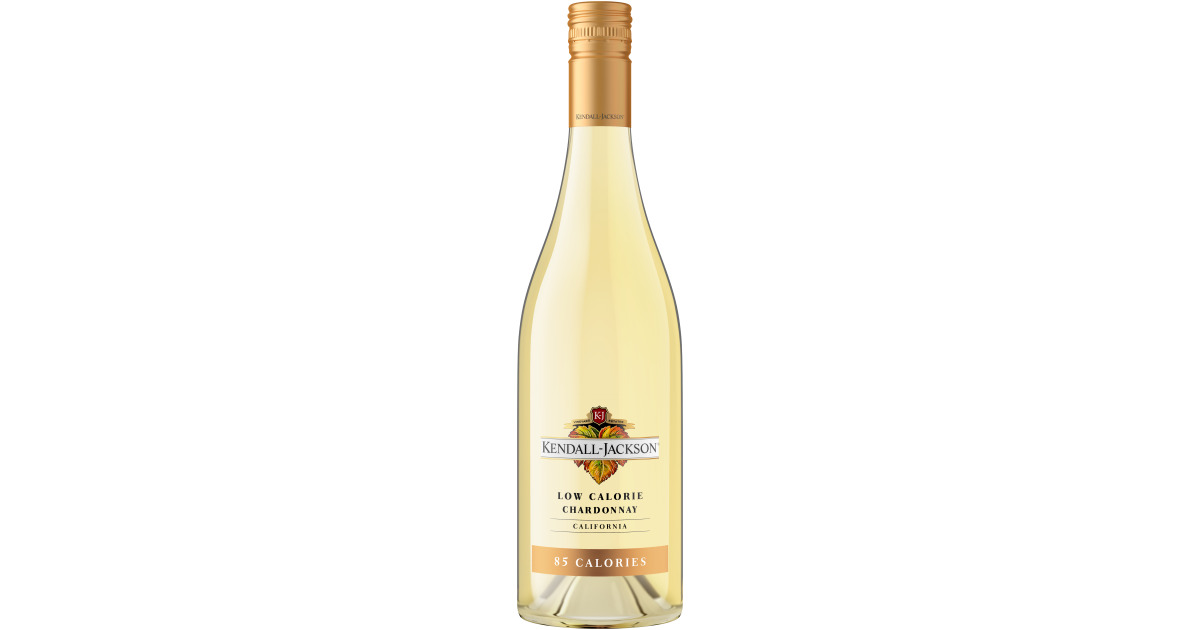
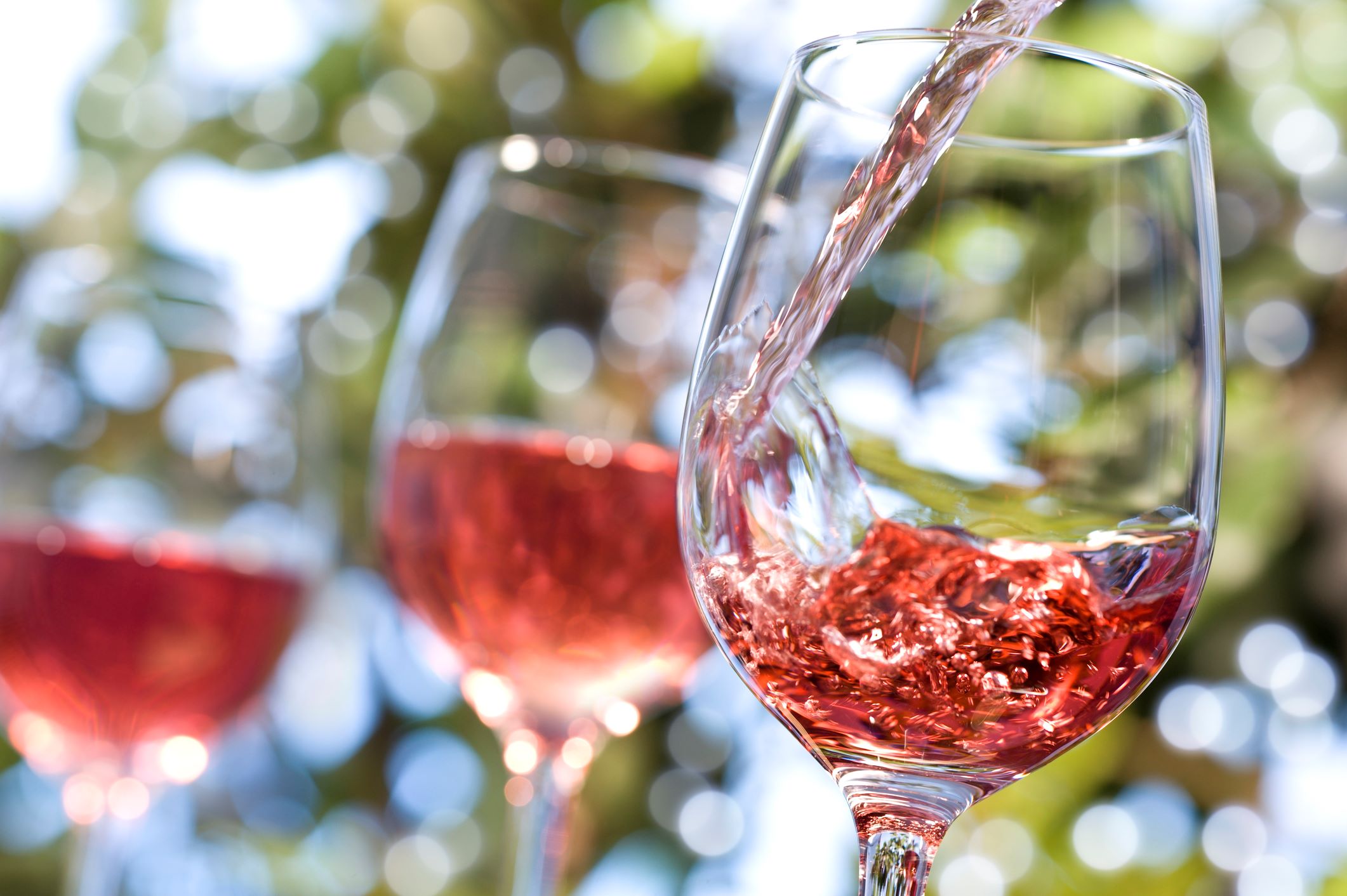
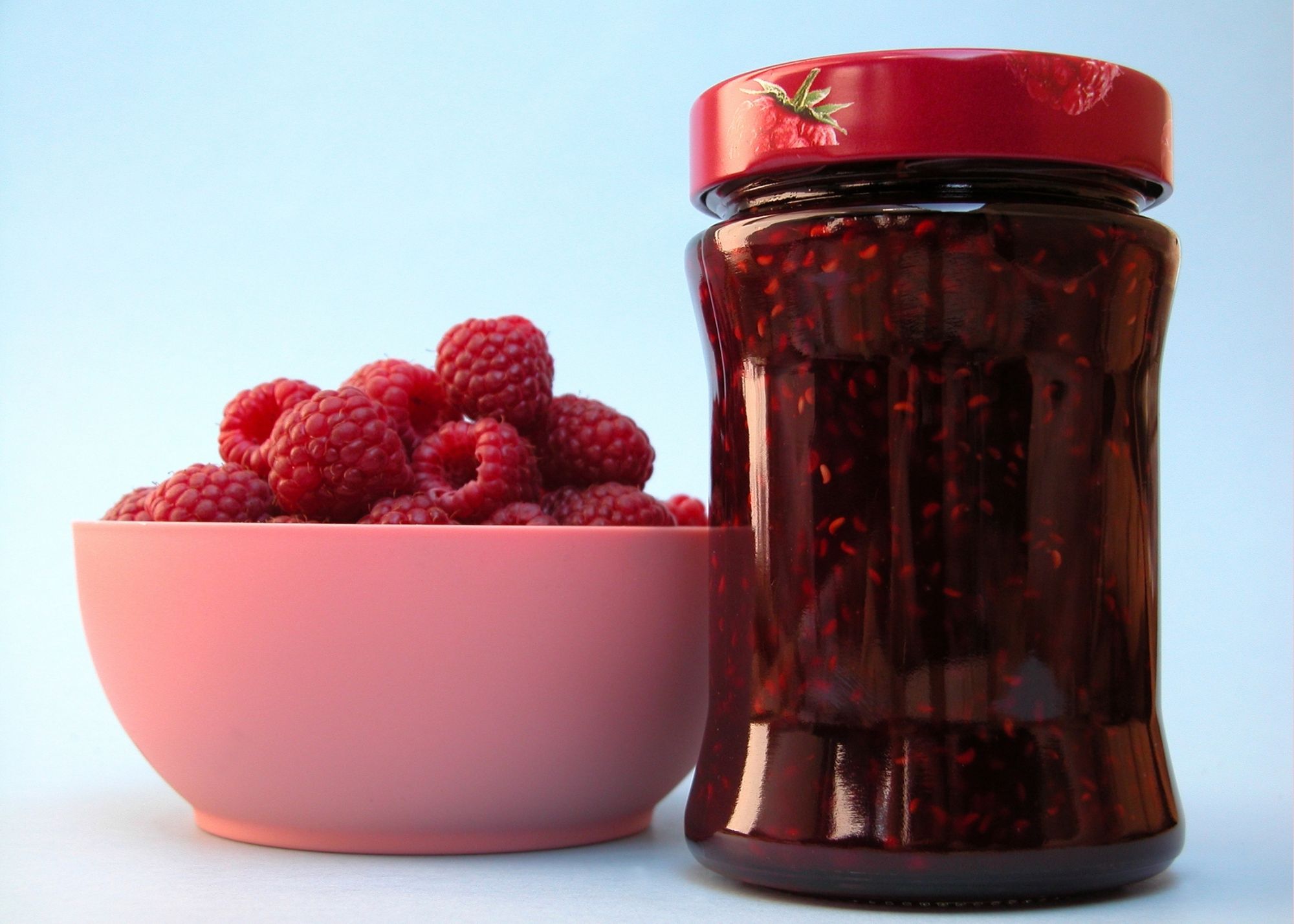
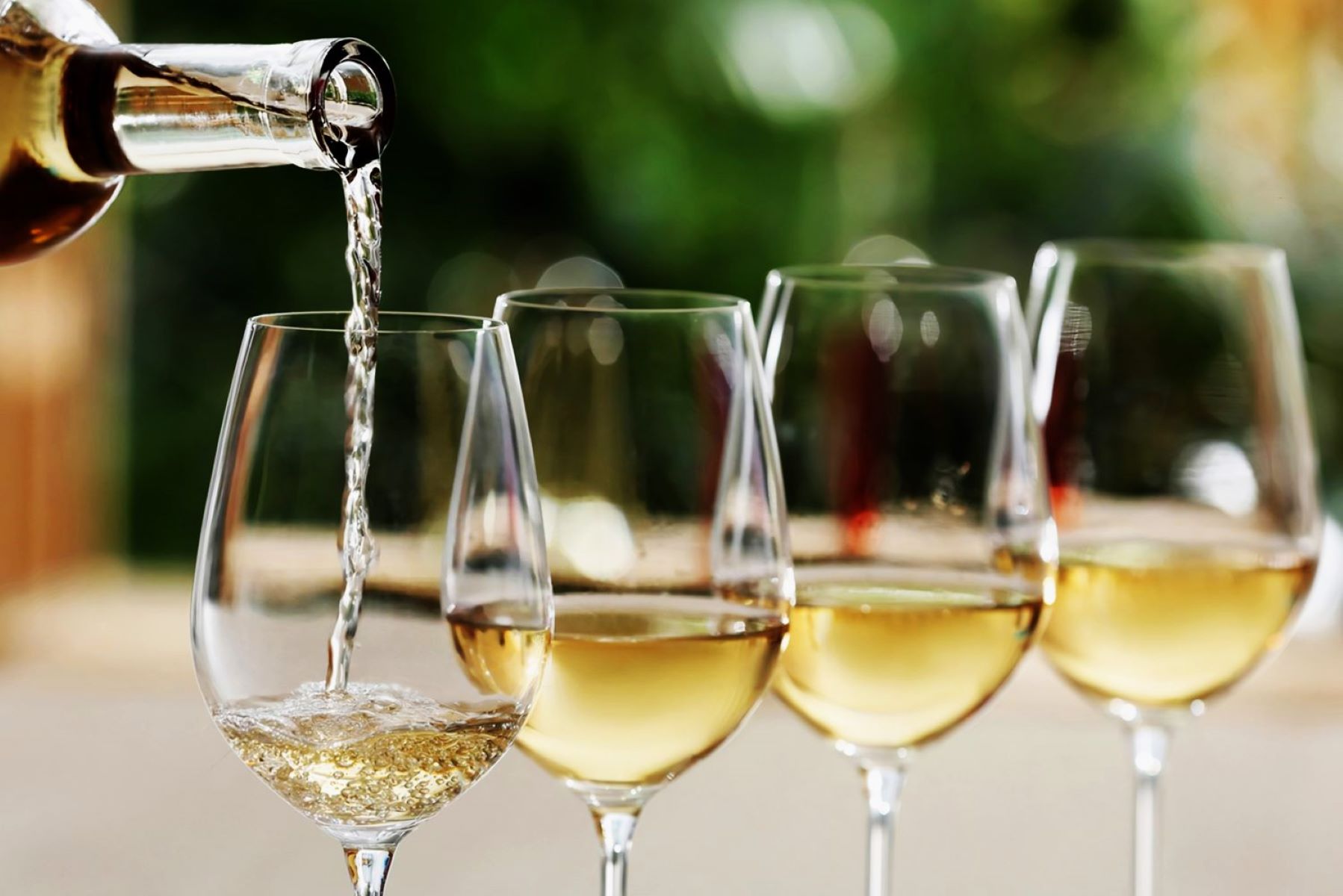
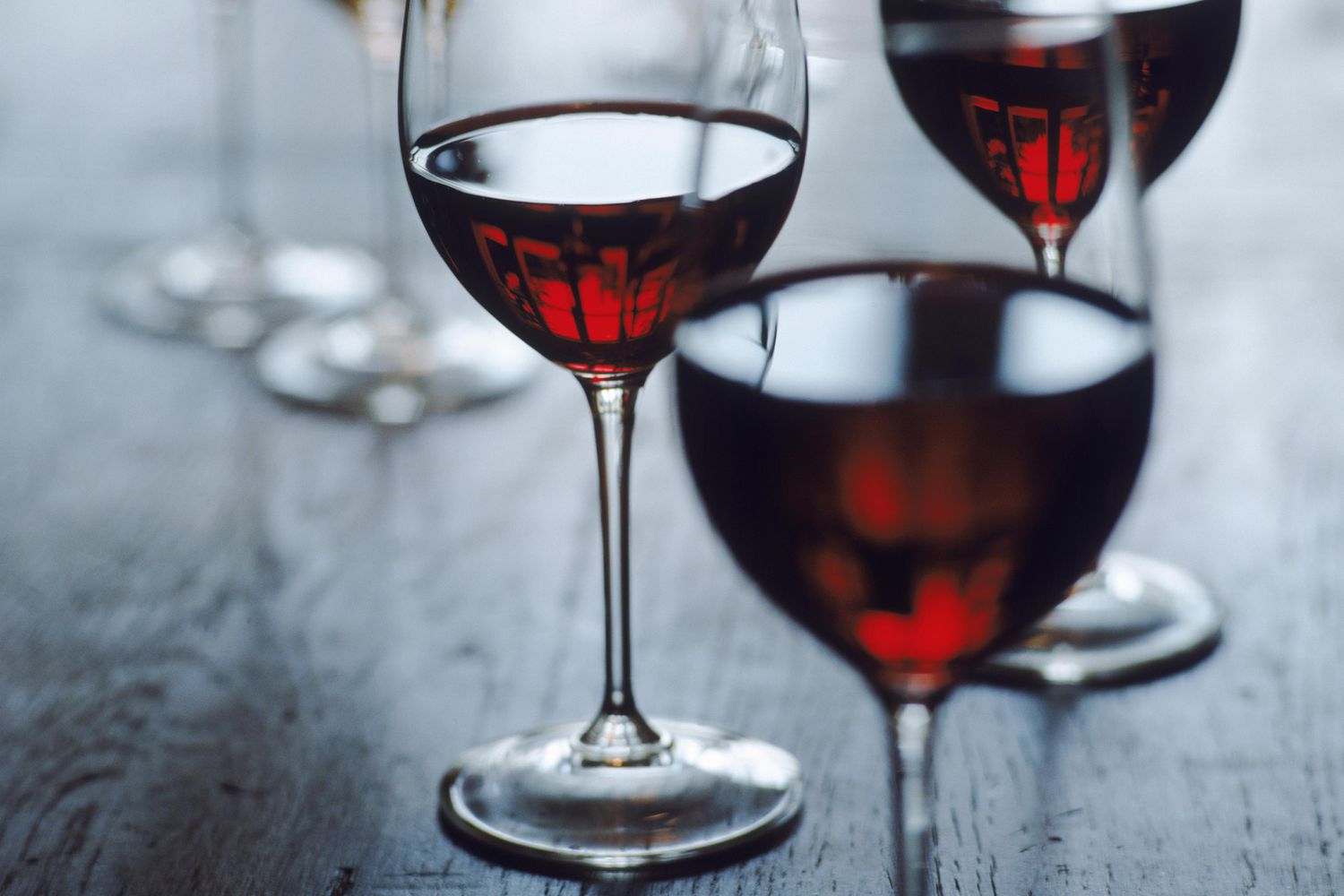

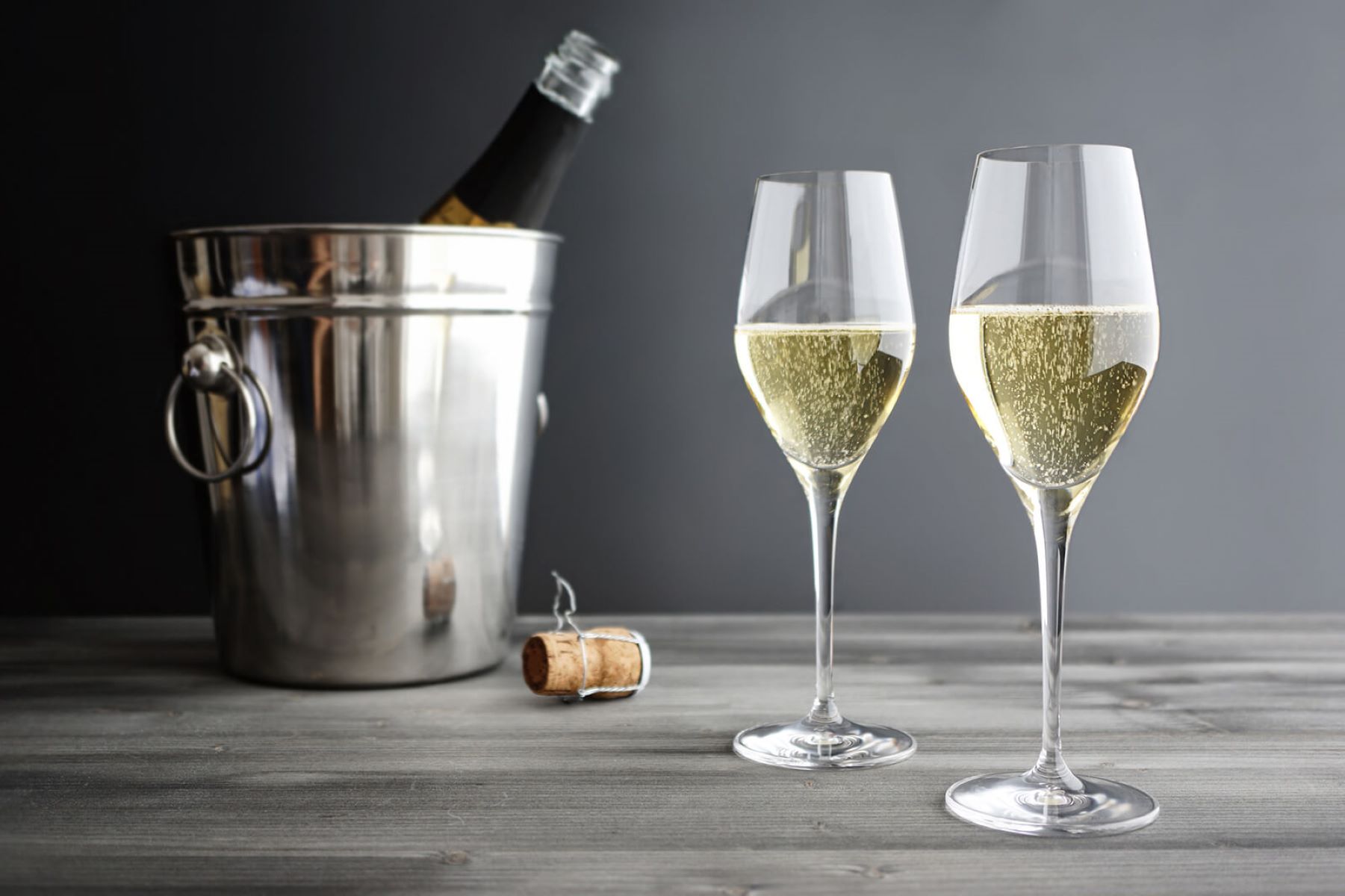
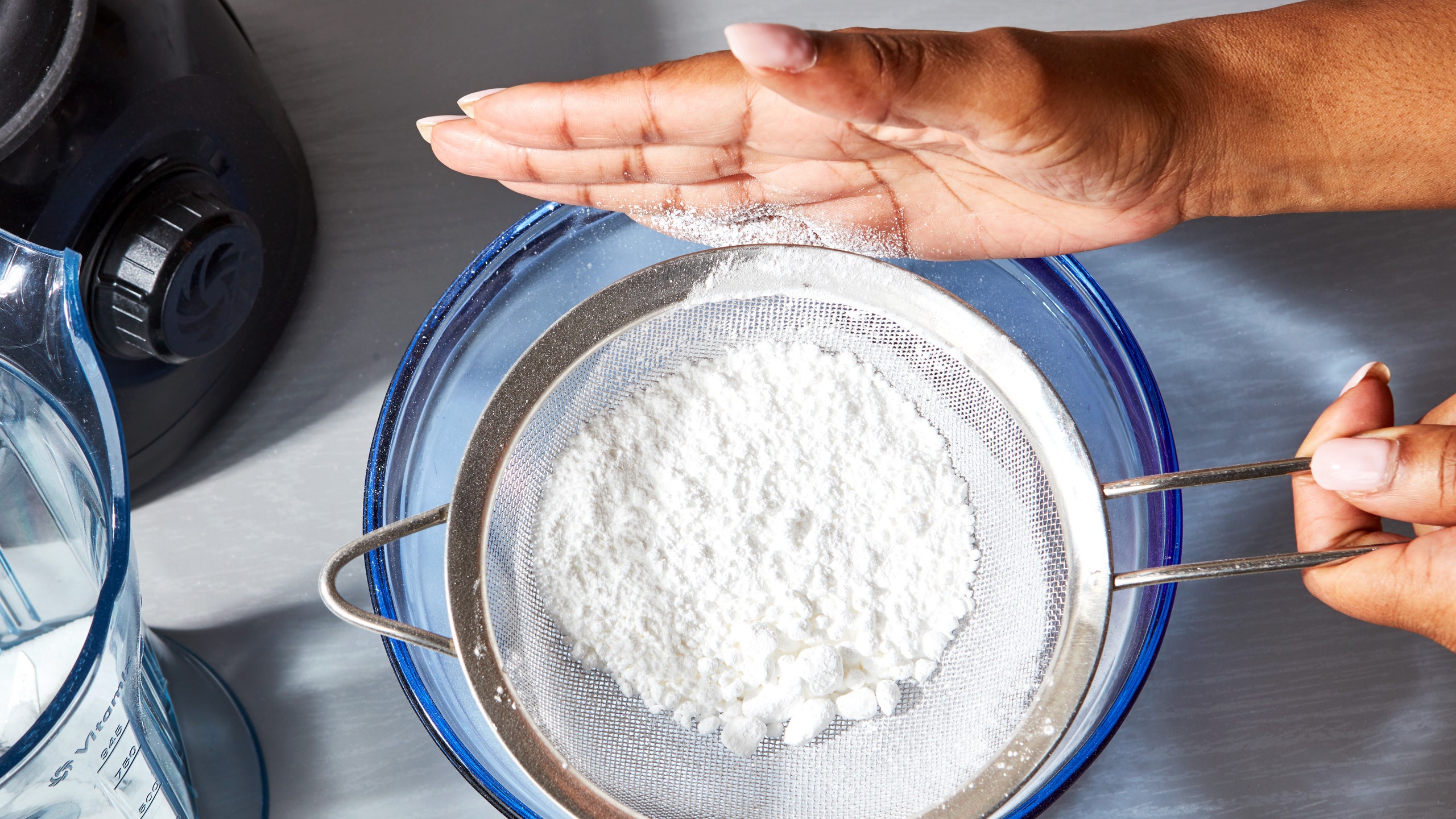
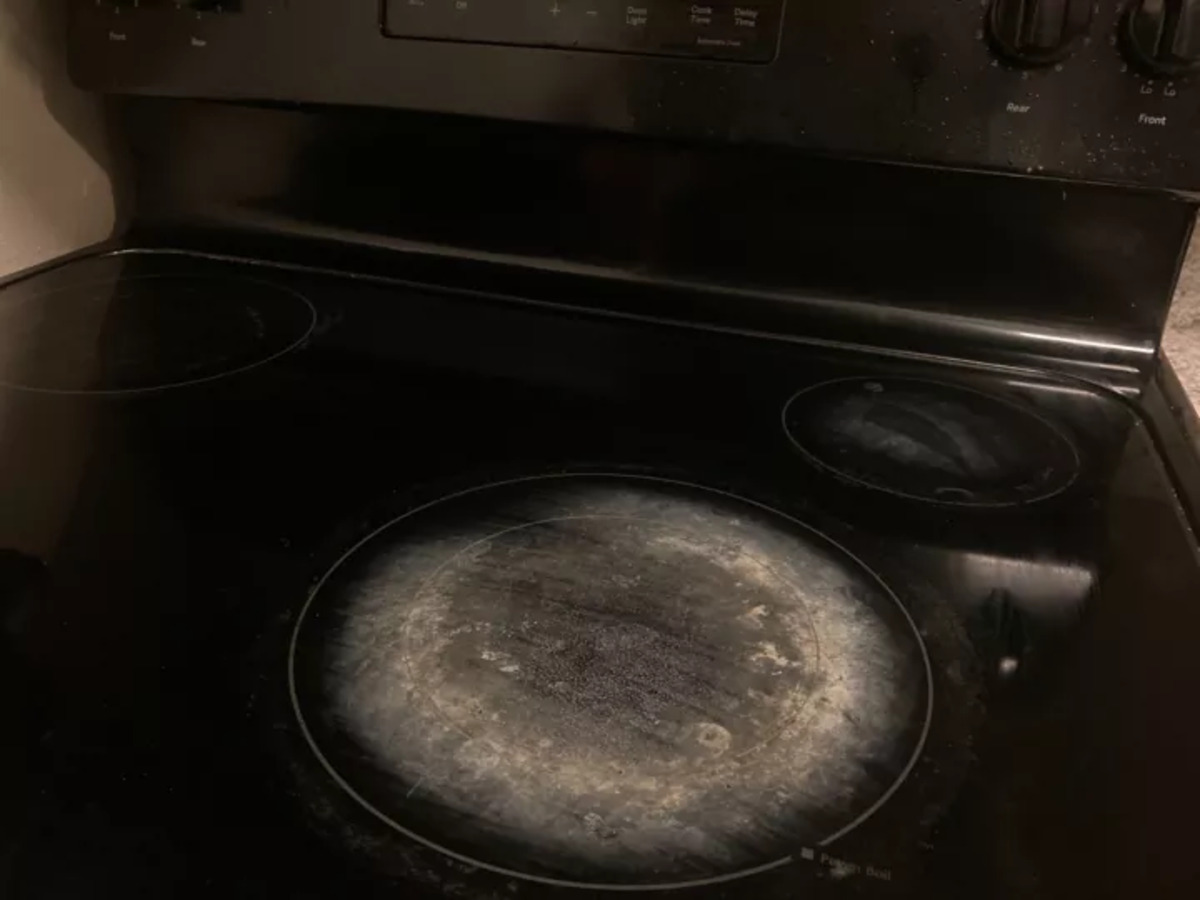
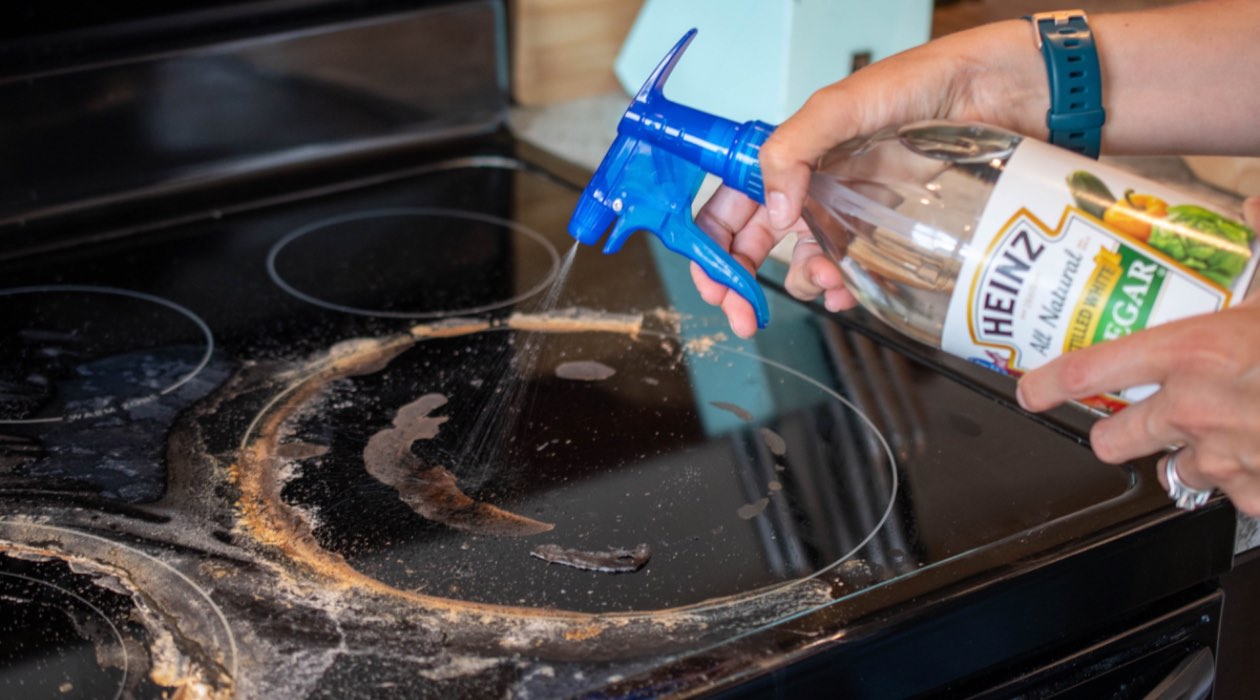
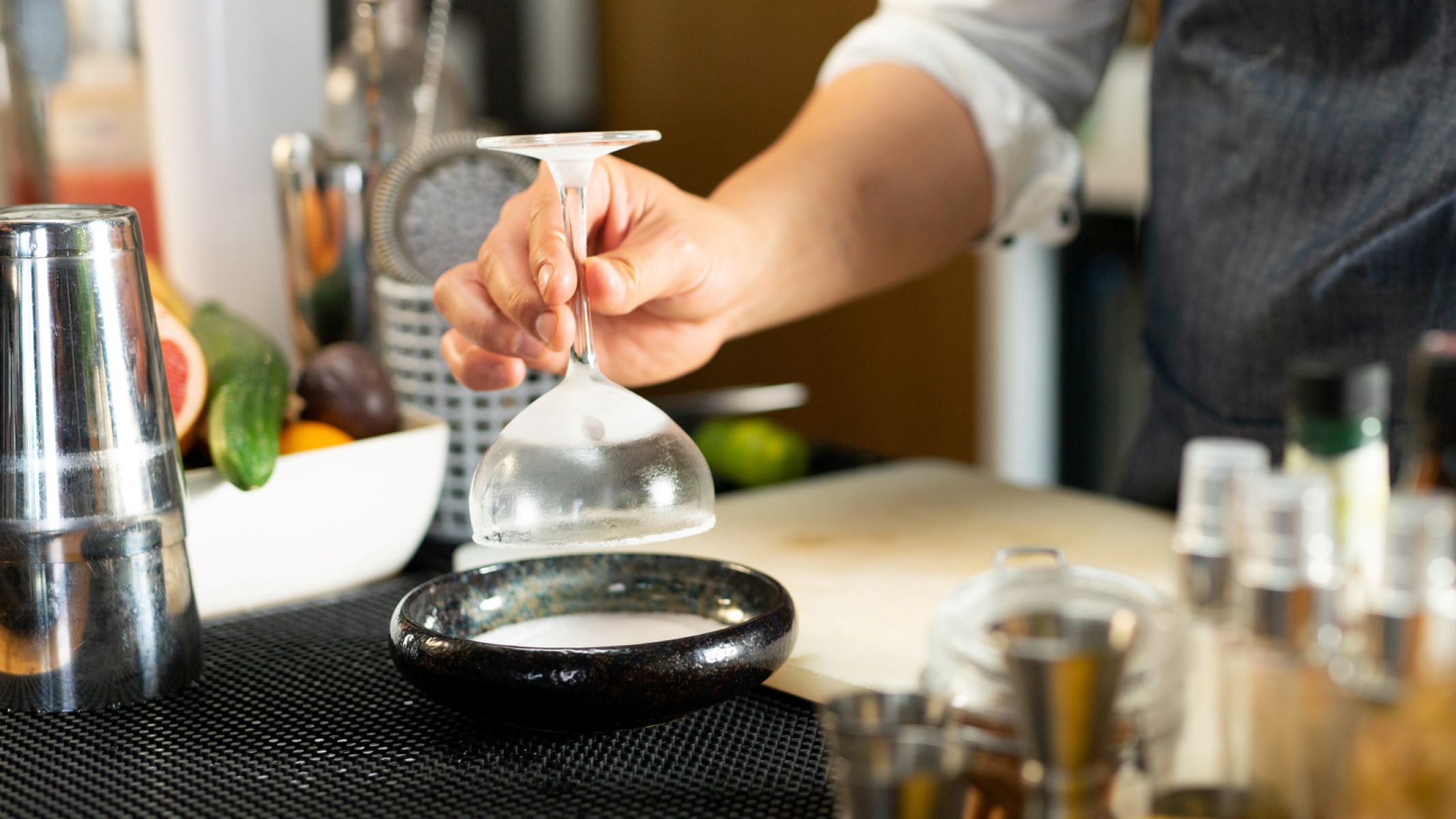
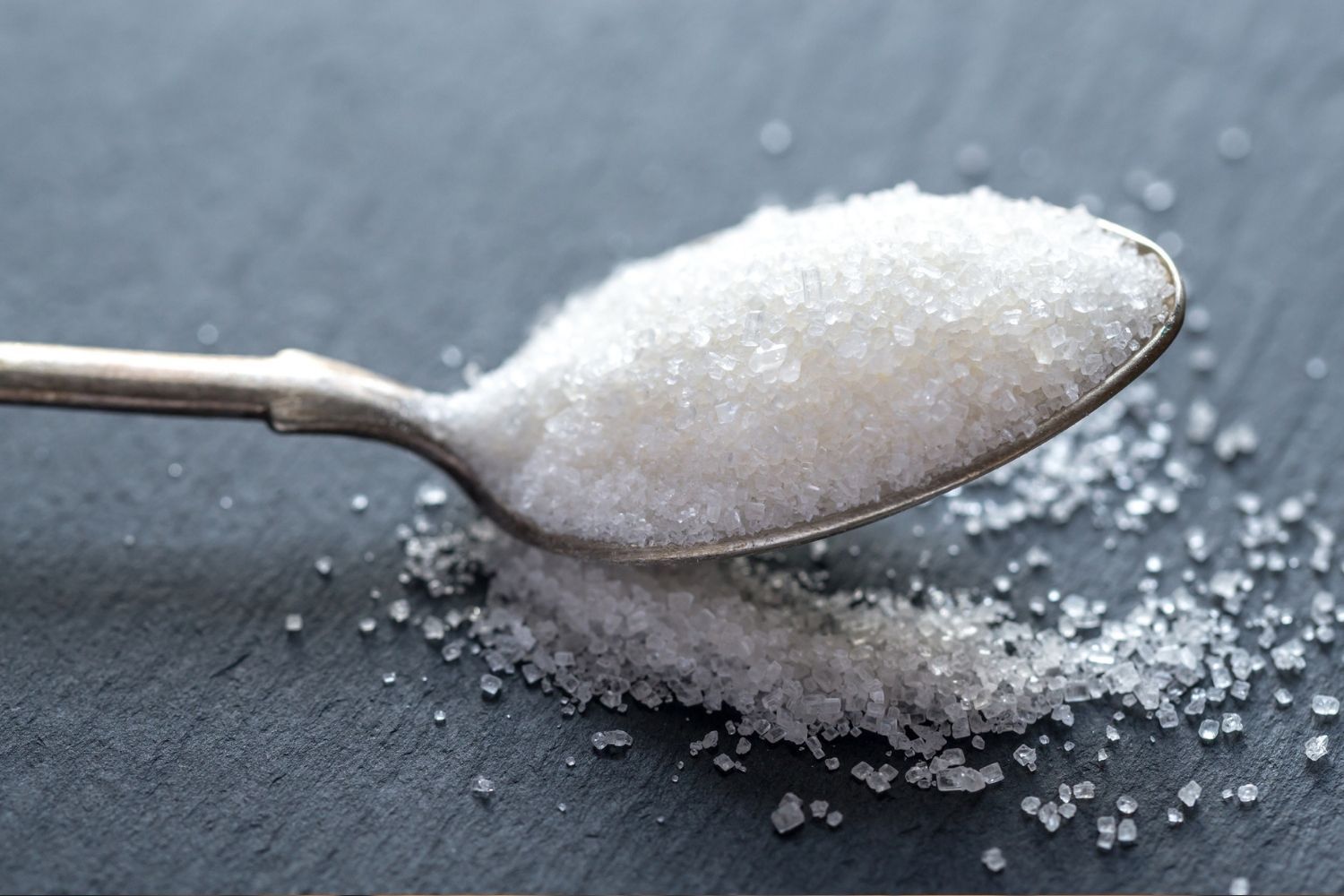
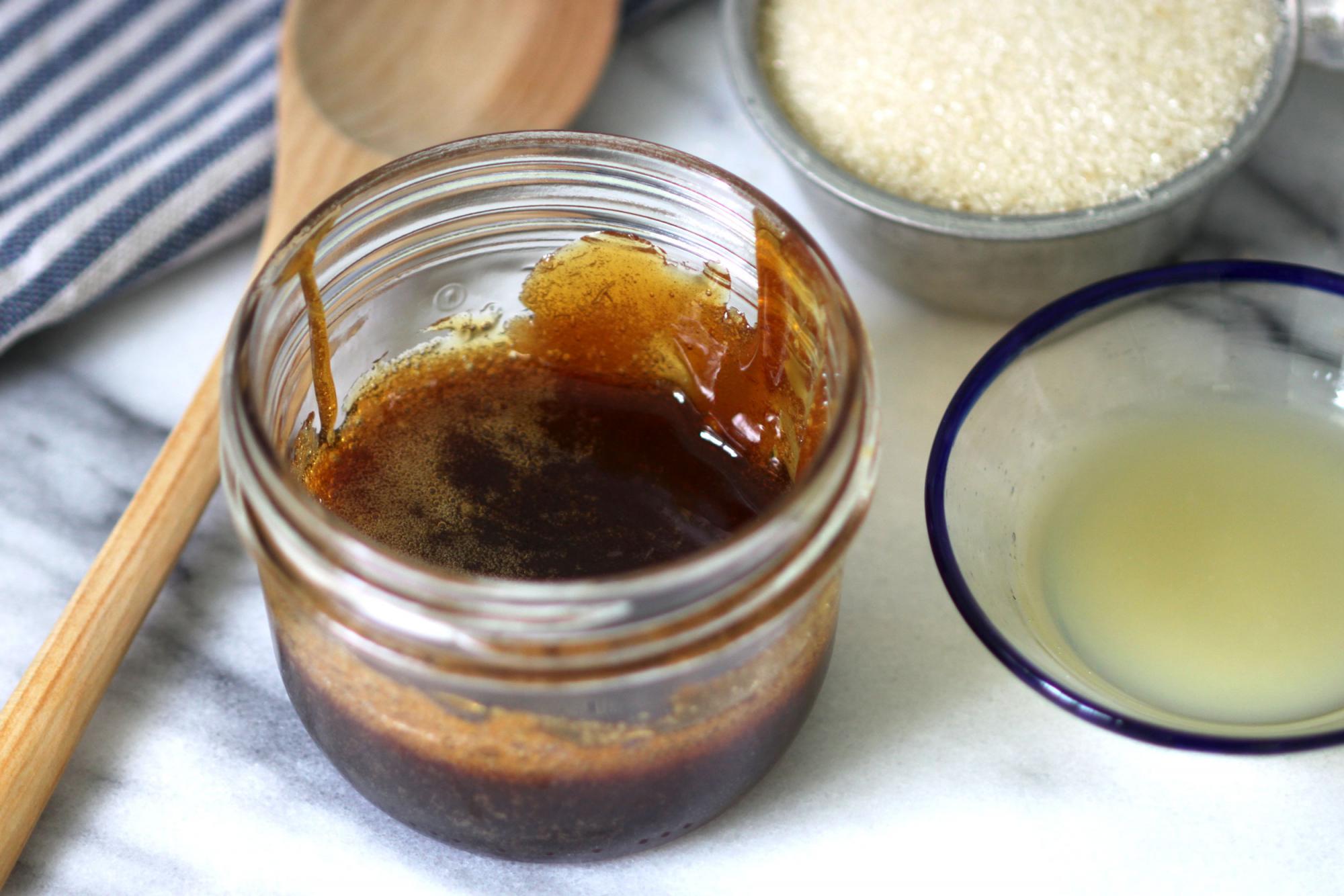

0 thoughts on “How To Make Sugar Glass”